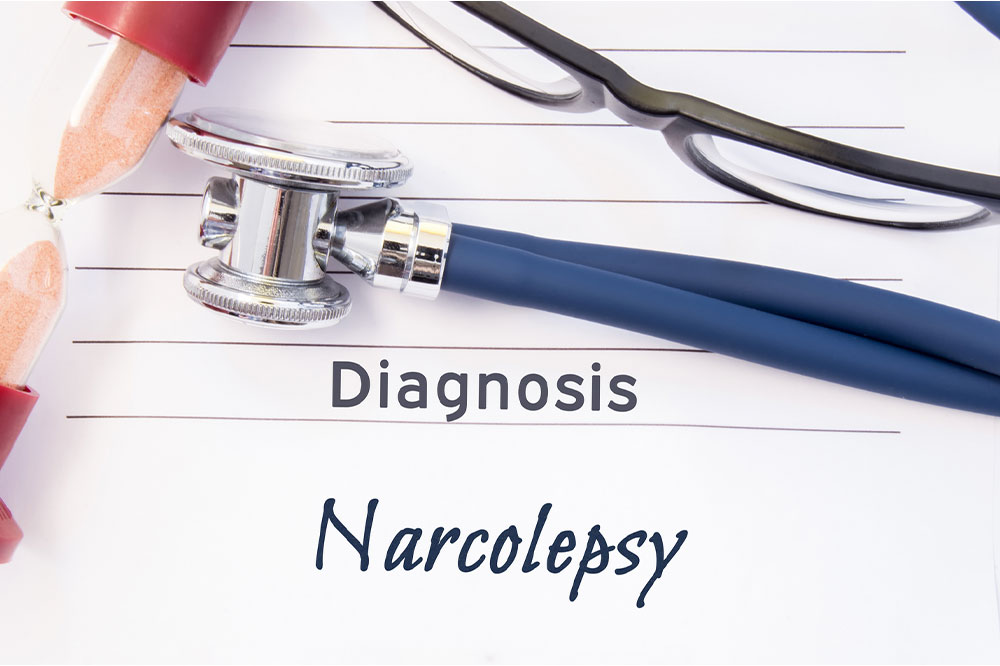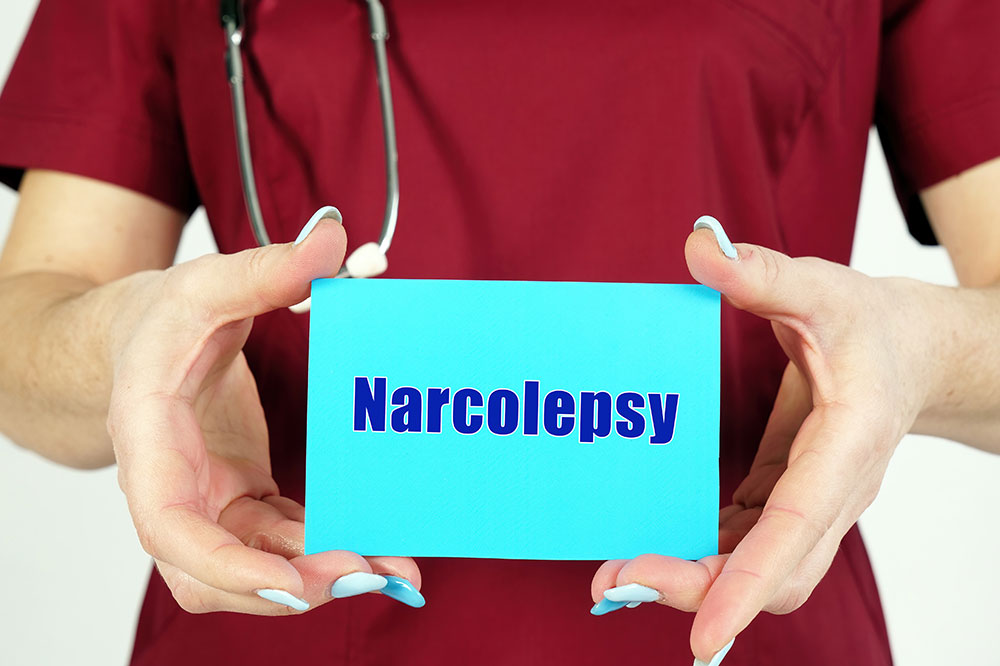Effective Strategies to Recognize and Manage Narcolepsy
Discover practical strategies to recognize and manage narcolepsy effectively. Learn about symptoms, diagnosis methods, safety tips for driving, sleep hygiene practices, and support options. While no cure exists, lifestyle changes and medical guidance can significantly improve quality of life for those affected by this sleep disorder. Early detection and proper management are essential for maintaining daily functioning and safety.

Effective Strategies to Recognize and Manage Narcolepsy
Narcolepsy is a chronic sleep disorder characterized by sudden daytime sleep attacks and excessive drowsiness. Affecting about 1 in 2000 individuals locally and an estimated 3 million worldwide, it can be mistaken for other health issues due to overlapping symptoms. Accurate diagnosis is crucial for management. Though no cure exists, lifestyle modifications and medical guidance can help individuals cope effectively with the condition.
Treatment Approaches
While a definitive cure remains elusive, personalized treatment plans and lifestyle adjustments can alleviate symptoms and improve quality of life.
Safe Driving Practices
Individuals with narcolepsy should consult healthcare providers before operating vehicles. With medical approval, the following safety tips can minimize risks:
Napping briefly before driving can improve alertness.
Stay engaged during trips by listening to music, conversing, or other distraction-reducing activities.
Limit driving sessions to short periods, taking breaks to stretch or walk before resuming.
For some, avoiding driving altogether may be best. Carpooling or using public transportation, or having friends or family assist with travel, can reduce stress and ensure safety.
Sleep Hygiene Tips
Adopting healthy sleep habits can significantly reduce daytime drowsiness:
Establish consistent sleep and wake times.
Ensure a relaxing pre-sleep routine, like a warm bath.
Incorporate short, regular naps during the day.
Create an ideal sleeping environment—comfortable, cool, quiet, and dark.
Avoid heavy meals, caffeine, and vigorous exercise close to bedtime.
Support Systems and Counseling
Connecting with support groups and mental health professionals can help manage emotional and social impacts of narcolepsy. Talking with healthcare providers about local support networks or counseling can provide valuable coping strategies. Family and friends’ understanding and assistance are also vital in daily life.
Diagnosis and Testing
An accurate diagnosis is key to effective management. It involves evaluating sleep patterns and muscle tone responses through specialized tests. Healthcare professionals may use:
- The Epworth Sleepiness Scale to assess drowsiness levels.
- Polysomnography to monitor sleep stages using electrodes.
- Multiple Sleep Latency Tests to measure how quickly one falls asleep during the day and whether REM sleep occurs rapidly, confirming narcolepsy.
Recognizing Symptoms Understanding symptoms can facilitate early detection. Common signs include sudden muscle weakness (cataplexy), hallucinations during sleep transitions, temporary paralysis upon waking or falling asleep, and irresistible sleep episodes during the day. These symptoms can impair daily functioning if left unmanaged.










